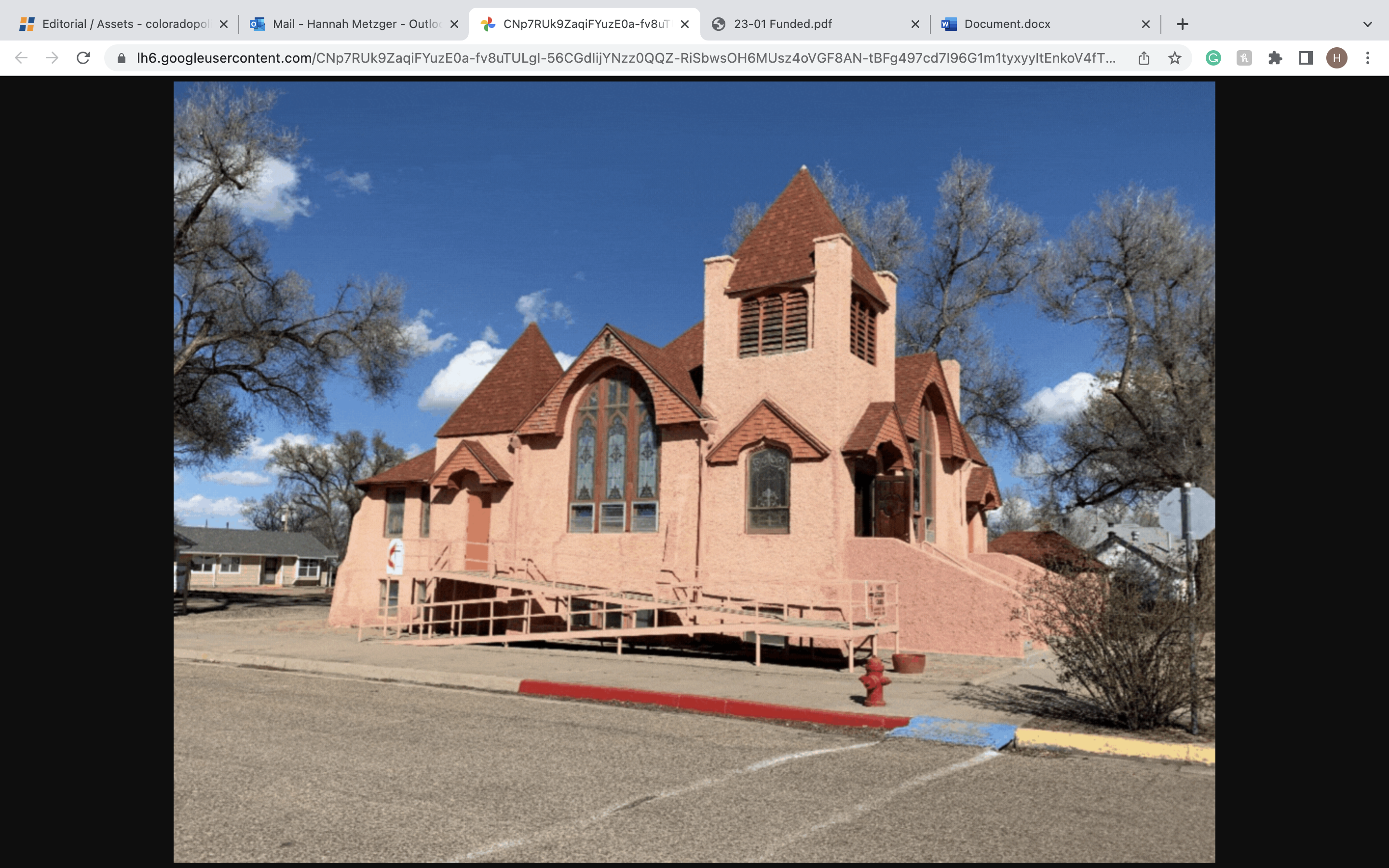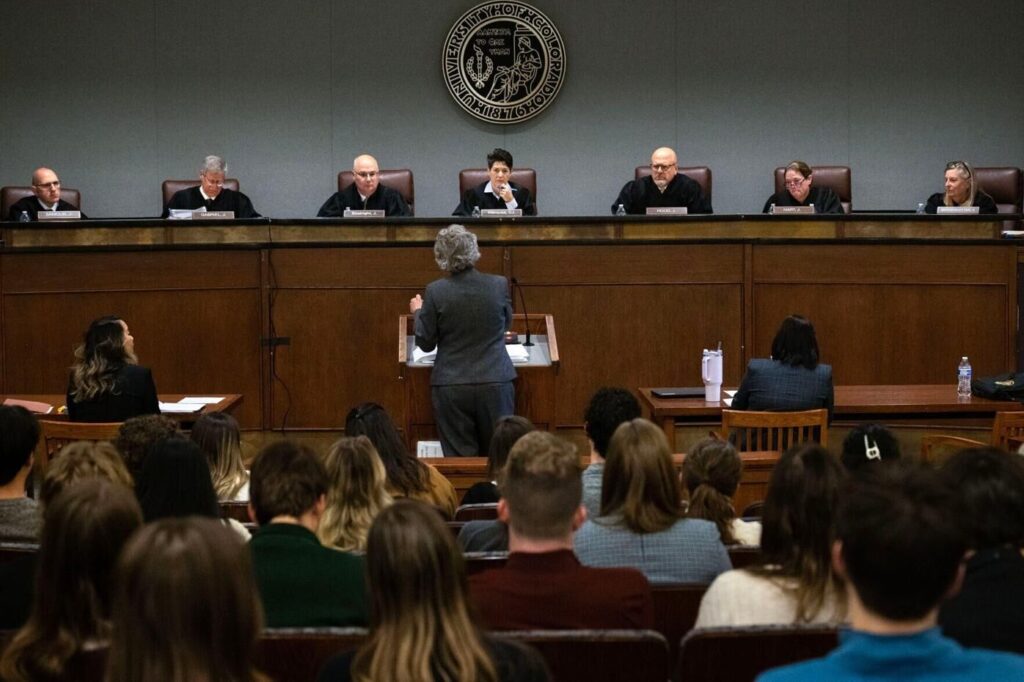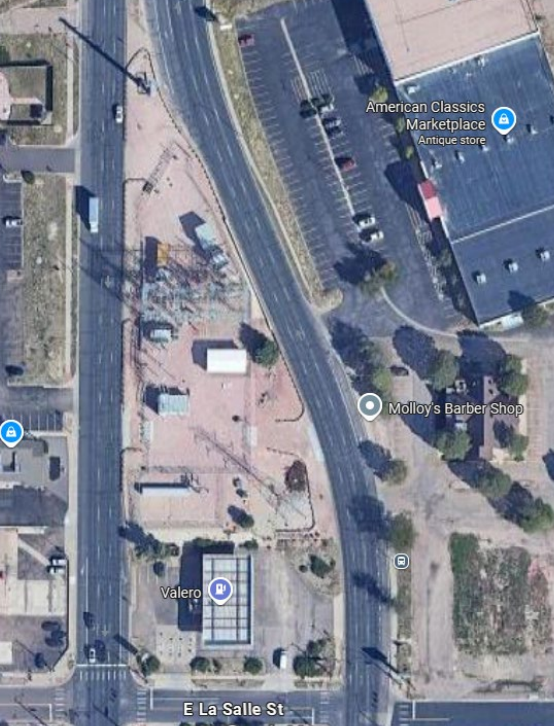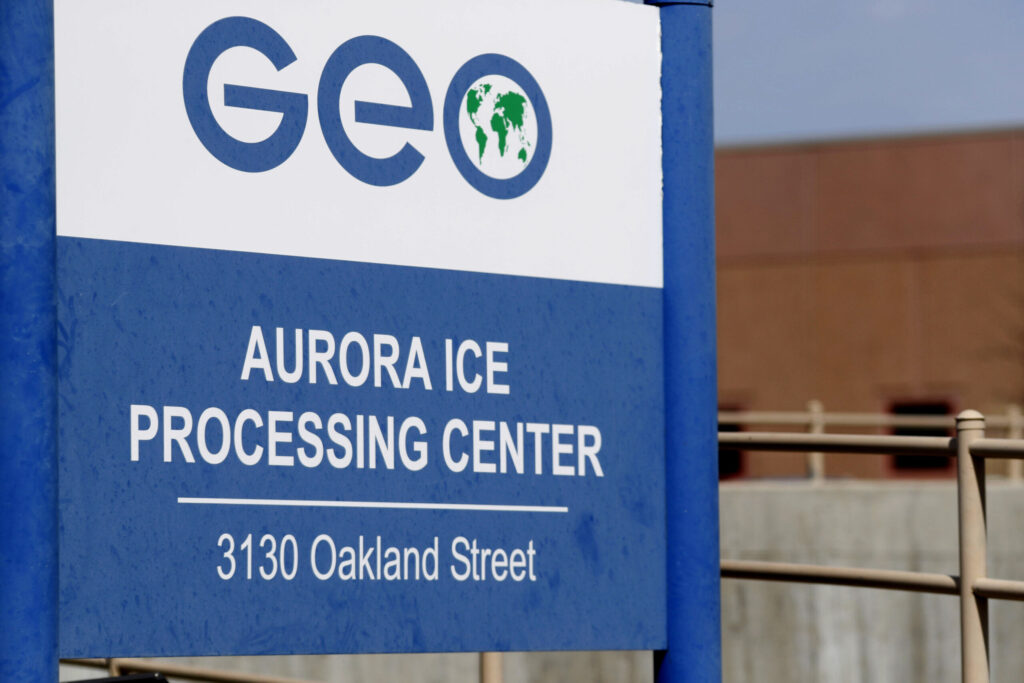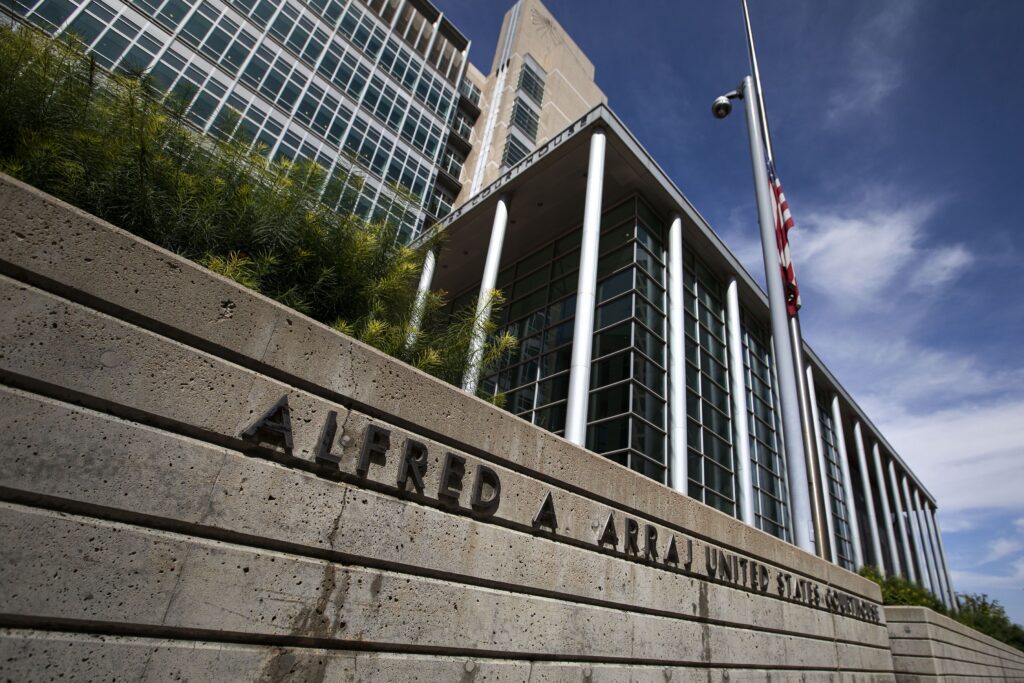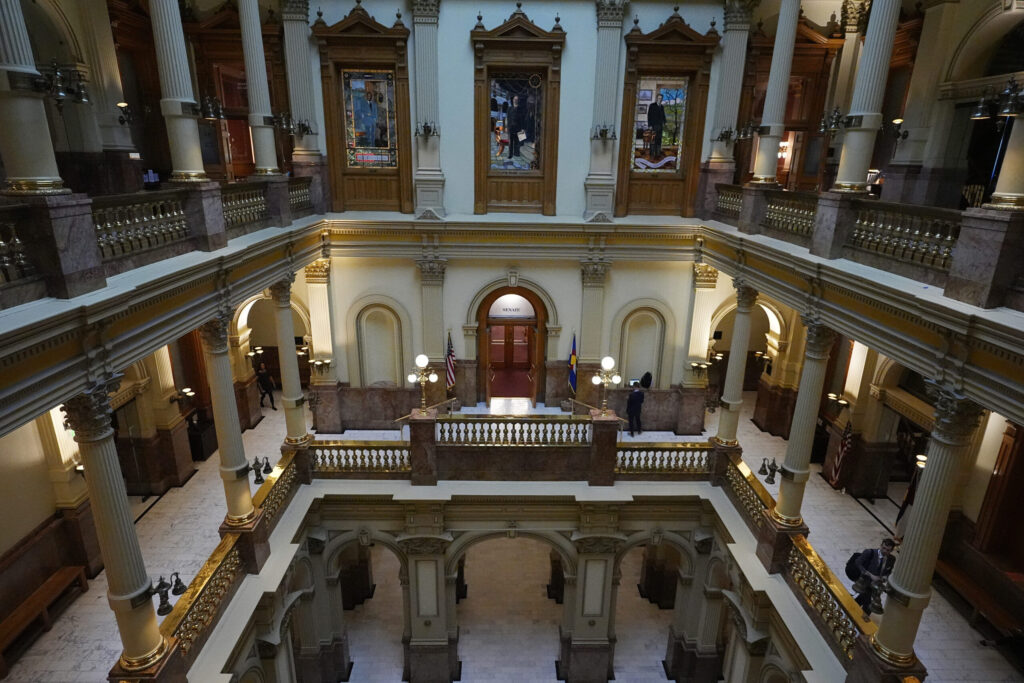History Colorado awards $4.5 million in grants for diverse cultural preservation

The History Colorado nonprofit awarded $4.5 million in grants this month to nearly two dozen projects focused on preserving diverse cultural heritage in rural Colorado.
The History Colorado State Historical Fund awarded grants ranging from $67,000 to $250,000 to 23 projects across the state. Projects were selected for working to protect the heritage of rural communities of color and diversify the face of historic preservation.
“The State Historical Fund continues to push forward with ensuring preservation efforts better represent the diverse makeup of the Centennial State,” said Patrick Eidman, chief preservation officer. “These grants truly are a manifestation of History Colorado’s dedication to investing in the prosperity of rural communities, expanding the diversity of histories being preserved, and promoting the creation of a more diverse workforce to lead preservation efforts in the future.”
This is the State Historical Fund’s second round of grants this year, awarding more than $6.8 million total in 2022.
In this round of grants, the preservation projects range from acquiring historical places, to rehabilitating historic buildings, to funding preservation events. Some of the biggest grant recipients include the following:
? Manzanola United Methodist Church in Manzanola – $250,000 for construction documents and rehabilitating the building’s exterior.
The church was constructed in 1908 for the local congregation and, in 1915, became the center of a Black homesteader community known as The Dry. Today, the church is rented for community functions, including serving as a daycare center that was recently closed due to the building’s deterioration.
“It is an understatement to say the Methodist Church is significant,” said Alice McDonald, financial secretary of the Manzanola United Methodist Church and former resident of The Dry. “The Manzanola United Methodist Church is the only standing structure remaining to tell the story of The Dry, the African American pioneers of Otero County, and their spirituality and commitment to community.”
? Museum of Friends in Walsenburg – $250,000 to rehabilitate the Roof and Dick Building-Ben Franklin Store, which houses the museum.
The Museum of Friends is a contemporary art museum that highlights the work of BIPOC artists, provides youth programming and holds an art program for people on probation. The museum has been in the Roof and Dick Building since 2010. The building, constructed in 1910, was one of the largest buildings in Walsenburg at the time and previously housed retail stores.
“Museum of Friends has proven to be a catalyst for art and cultural amenities and to stimulate economic growth and improve quality of life in Walsenburg, which lies on the Scenic Highway of Legends, a national scenic byway,” said Maria Cocchiarelli Berger, director of development for the Museum of Friends.
? The Town of Silver Plume – $200,000 to purchase a series of 95 mining claims located to the north and west of the town.
By purchasing these lands, the town will connect public lands, expand the Silver Plume Mountain Park and protect 20 recorded historic sites as part of an existing National Historic Landmark District.
“The area to the north and west of town is a cultural landscape that could be utterly destroyed by private development in the coming years,” said Cynthia Neeley, project manager for the Town of Silver Plume. “This particular grant is the completion of a year-long fundraising project that permits the town to fulfill a longstanding desire to protect our cultural and natural resources.”
? Dana Crawford Preservation Program in Denver – $168,869 for a pilot scholarship program through the Dana Crawford Preservation Program in the University of Colorado Denver.
The pilot program promotes preservation as a field for BIPOC students by funding graduate scholarships, paid undergraduate internships and hiring a consultant to advise on recruiting students of color.
“Colorado has a unique opportunity, because of the State Historical Fund, to build a program that could be the first in the country to begin to address this need,” said Steve Turner, assistant professor and director of historic preservation and classical studies at the university. “There is momentum in the right direction and it is imperative to capitalize on this energy and make a concerted effort to diversify the field of historic preservation.”
